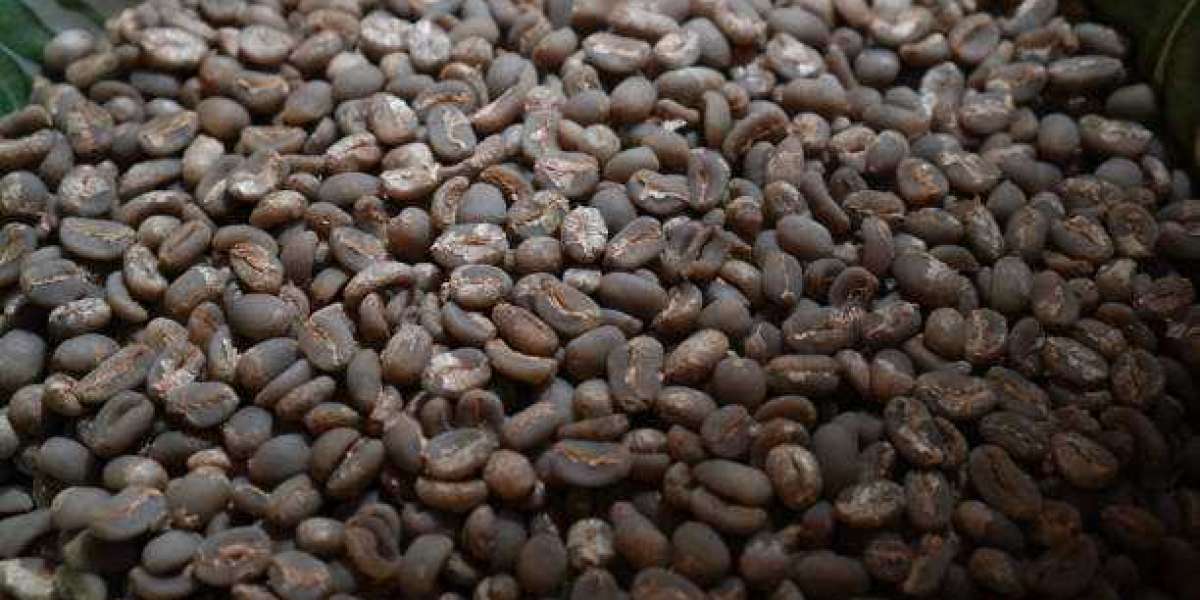Commodity trading is one of the cornerstones of global financial markets. Whether you're just getting started or have some experience, you may wonder, what is commodity trading, and why is it so important? This article will guide you through the process of commodity trading, explore how it works, and explain its significance in the broader economic picture.
Understanding Commodity Trading
At its core, commodity trading refers to the buying and selling of raw materials or primary agricultural products. Commodities can be classified into two broad categories: hard commodities and soft commodities.
Hard commodities are natural resources like oil, gold, and metals. These are typically mined or extracted from the earth. Soft commodities, on the other hand, are agricultural products such as wheat, coffee, and livestock. These goods are typically grown or raised rather than mined or extracted.
Traders involved in commodity trading usually buy these raw goods in bulk, often aiming to sell them at a higher price for a profit. Most commodity transactions happen on formal exchanges such as the Chicago Mercantile Exchange or the London Metal Exchange, but some transactions can also happen over the counter.
Unlike stock trading, where you're buying shares of a company, commodity trading focuses on the actual physical goods themselves. Therefore, traders must consider aspects like storage and delivery, or in some cases, trade through futures contracts instead of physical goods.
Why Do People Engage in Commodity Trading?
There are many reasons why people and businesses participate in commodity trading. The most common reason is to gain a way of diversifying an investment portfolio. When you add commodities to your investment mix, it helps reduce the risks tied to relying solely on stock or bond markets.
Another significant reason to engage in commodity trading is to hedge against inflation. As the cost of living rises, the prices of certain commodities like gold tend to rise as well, helping people protect their wealth. People have turned to commodities as a safe haven during uncertain times when other assets seem more volatile or risky.
Additionally, commodity trading offers a tremendous profit potential for skilled traders. The volatile nature of commodity prices presents opportunities for traders to buy low and sell high. For example, during times of economic uncertainty, gold prices tend to climb, making it an attractive investment.
How Does Commodity Trading Work?
The way commodity trading works can seem complex, but understanding its basic components can help simplify things. The trading process generally follows several steps that guide traders in buying and selling commodities.
First, commodity exchanges serve as platforms for buyers and sellers to meet and conduct transactions. These exchanges, such as the Chicago Mercantile Exchange (CME) or the Intercontinental Exchange (ICE), are where traders go to buy and sell commodities. They set the rules and standards for trading and provide the structure needed for efficient and transparent transactions.
In commodity trading, traders often use futures contracts, which are agreements to buy or sell a commodity at a specific price on a specified future date. These contracts allow traders to lock in a price before the commodity is delivered. This helps protect against the risk of fluctuating prices, which can be a significant concern in volatile markets.
Traders also participate in two primary types of markets: the spot market and the futures market. In the spot market, commodities are traded for immediate delivery. On the other hand, the futures market involves buying and selling contracts for delivery at a later date. The futures market tends to attract most commodity traders since it allows them to speculate on price movements without actually taking possession of the goods.
A key feature of commodity trading is leverage. Traders often use leverage to control larger positions with a relatively small amount of capital. This can amplify their profits if prices move in their favor, but it also increases the risk of losses if the market moves against them.
The Role of Key Players in Commodity Trading
There are several important players in commodity trading. Each group plays a distinct role in the market. Traders can be broadly categorized into speculators, hedgers, and arbitrageurs.
Speculators are individuals or firms that trade commodities with the goal of making a profit from price movements. They don’t intend to take possession of the commodities but rather focus on price fluctuations. For example, a speculator might predict that the price of oil will rise and buy a futures contract to sell it at a profit once the price increases.
Hedgers, in contrast, are often businesses or producers of commodities who use commodity trading to protect themselves from price changes. For instance, a farmer might use a futures contract to lock in a price for their wheat before harvest, ensuring they can sell it at a set price even if the market price drops by the time they are ready to sell.
Lastly, arbitrageurs are traders who take advantage of price differences between markets. These traders buy a commodity where its price is lower and sell it where the price is higher, making a profit from the price disparity.
Risks Involved in Commodity Trading
While commodity trading offers significant profit potential, it also comes with substantial risks. One of the most significant risks in commodity trading is volatility. Commodity prices can fluctuate dramatically in response to various factors such as geopolitical events, natural disasters, or changes in supply and demand. For instance, a political crisis in an oil-producing region can send oil prices skyrocketing, while a bumper crop of wheat can cause prices to plummet.
Another risk factor is the use of leverage. While leverage can magnify profits, it can also amplify losses. Traders who use leverage are exposed to the possibility of losing more money than they initially invested, especially in volatile markets.
Additionally, if you're involved in physical commodity trading, you must consider storage and transportation costs. These costs can add up quickly, cutting into potential profits. For example, storing large quantities of crude oil or agricultural products can be expensive, and delays in transportation can lead to further costs.
Lastly, the complexity of the commodity market presents a challenge. Factors like weather patterns, global economic conditions, and supply chain disruptions all influence commodity prices. Understanding how all these elements fit together requires in-depth knowledge and experience in the market.
Real-World Example of Commodity Trading
Consider the oil market as a real-world example of commodity trading. In 2008, oil prices surged to over $140 per barrel due to rising global demand and limited supply. Traders who correctly anticipated the price increase were able to make significant profits. However, the market quickly reversed, and by 2009, prices fell to around $30 per barrel. Those who didn’t anticipate the price drop were left with significant losses.
This example illustrates the high-risk nature of commodity trading and the importance of understanding market forces before making trades. Successful commodity traders rely on their ability to predict price movements and manage risk effectively.
How to Get Started in Commodity Trading
If you're interested in entering the world of commodity trading, here are a few steps to get you started:
The first step is to learn the basics of commodity trading. It’s important to understand the types of commodities you want to trade, the nature of the markets, and the mechanisms of futures contracts. You can find plenty of educational resources online and in books to help you build a solid foundation.
Next, you’ll need to choose a broker who can provide access to commodity markets. Look for a broker with a solid reputation, low fees, and the tools you need to manage your trades. The broker acts as your intermediary in the market, executing trades on your behalf.
Once you’ve selected a broker, you’ll want to develop a strategy. Some traders focus on short-term trades, while others may take a long-term approach. Setting clear goals, managing risk, and sticking to your strategy are key components of success in commodity trading.
Finally, start with a small amount of capital. Don’t risk large sums of money until you’re comfortable with the process. As you gain experience and confidence, you can gradually increase your trading size.
Conclusion Is Commodity Trading Right for You?
Commodity trading is a fascinating and potentially profitable activity. It offers opportunities for diversification, protection against inflation, and profit from price movements. However, it’s not without its risks, including volatility, leverage risks, and the complexity of the markets.
Before you dive in, make sure to educate yourself and develop a clear strategy. With patience, research, and careful risk management, commodity trading could become a valuable part of your investment strategy.
Contact Information
Name: HG Markets
Address: 2 Race Course Road, Lahore, Pakistan
Post Code: 54000
Phone Number: (042) 363 07344
Website: https://www.hgmarkets.pk/








